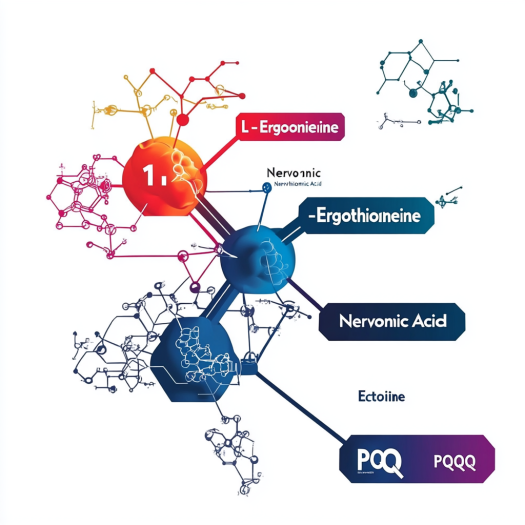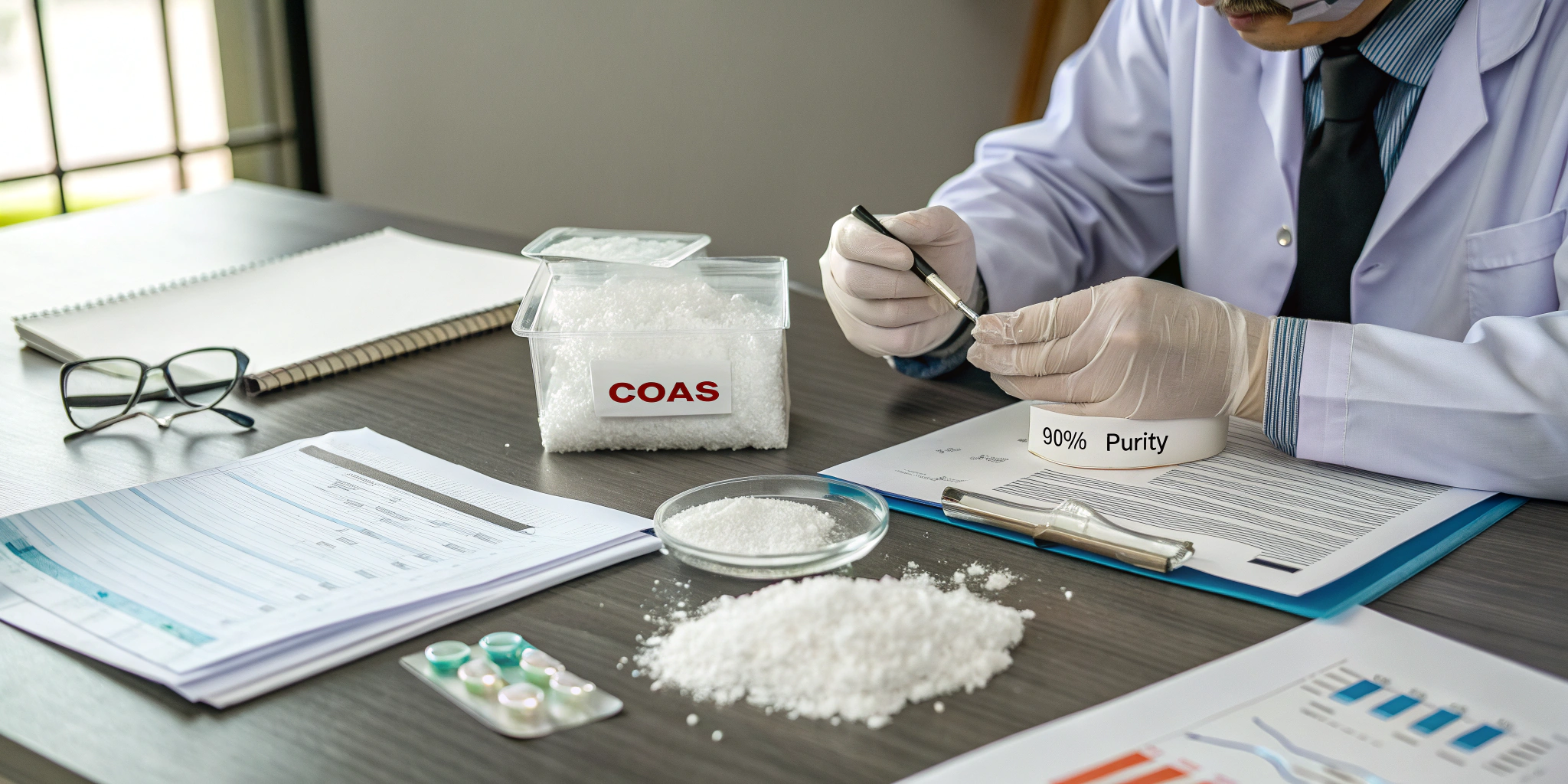
Every time someone asks me about sourcing nervonic acid, I pause—because the answer isn’t just about purity percentages. It’s about trust.
To source high-purity nervonic acid for B2B use, buyers must evaluate purity levels (≥90%), trace raw material origins (rapeseed vs. animal), verify third-party testing (HPLC/GC), and ensure regulatory approval in their destination market (e.g., FDA, EFSA). Supplier transparency and consistent COAs are non-negotiables.
When I first started in this industry, I made mistakes. This guide is here so you don’t have to.
What Makes Nervonic Acid Sourcing So Complicated?
Even seasoned buyers get tripped up. Nervonic acid might sound simple—just another white powder on the spec sheet—but behind that purity label is a whole world of nuance.
The complexity in sourcing nervonic acid lies in differentiating between plant-based and synthetic sources, recognizing purity grade manipulation, and navigating varied global regulations—especially for supplements and functional foods.
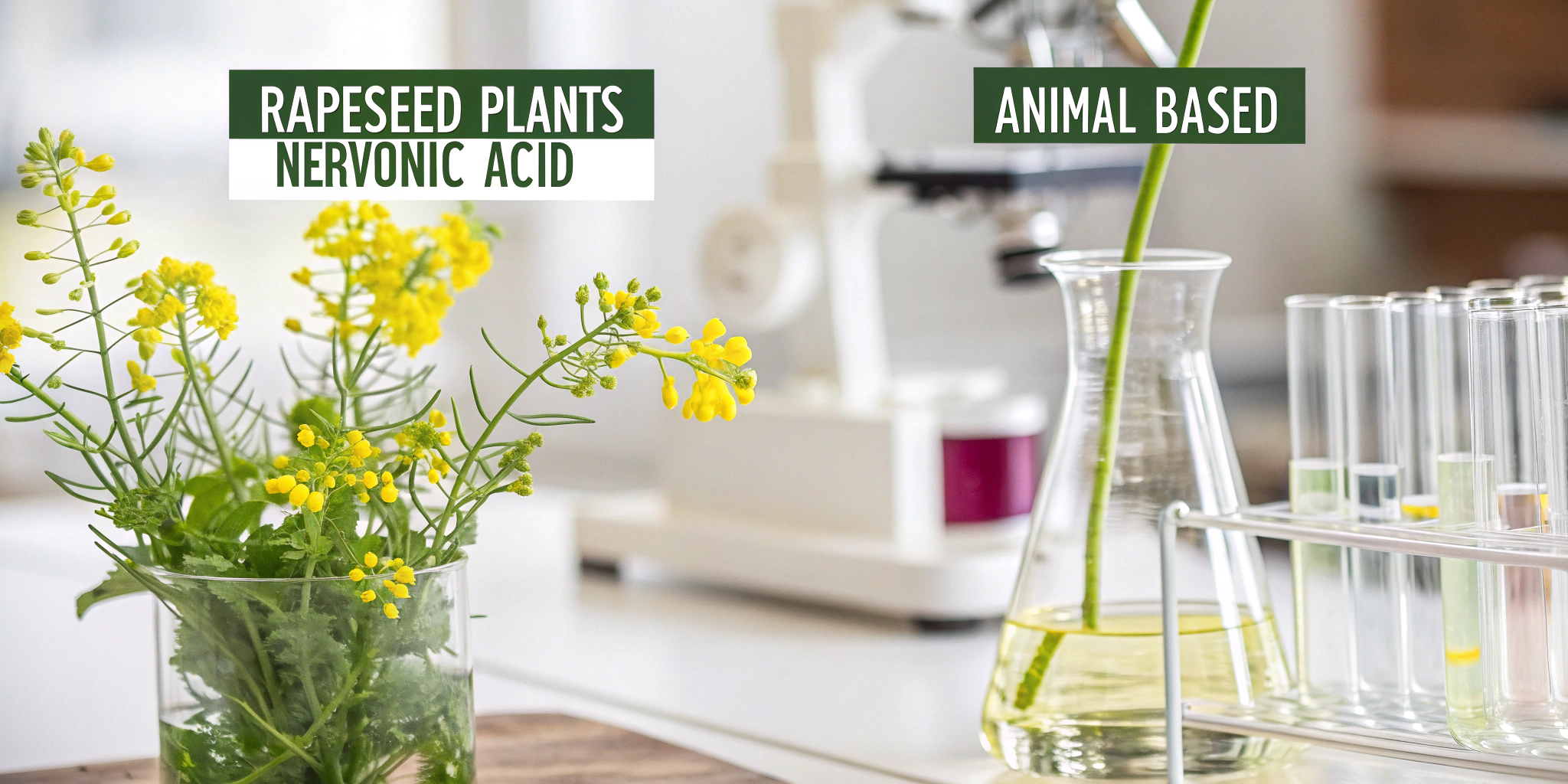
Let me walk you through what I wish someone told me earlier.
Source Origin: Why Does Rapeseed Matter?
You’ve probably seen nervonic acid derived from animal brain lipids or shark oil. I’ve seen it too—and politely declined.
Rapeseed-derived nervonic acid is cleaner, vegan-friendly, more stable, and widely accepted in EU, US, and Asian markets—making it the preferred source for health products targeting cognition and neuroprotection.
The Real Talk: Animal vs. Plant Source
Animal-sourced nervonic acid often brings heavy metal concerns, ethical red flags, and regulatory limitations—especially in Europe and Japan.
Rapeseed, on the other hand, is a clean, renewable, non-GMO source that can be scaled easily. Our Santa Biotech nervonic acid is extracted from rapeseed1 via green fermentation—no solvents, no surprises.
| Attribute | Animal-Sourced | Rapeseed-Sourced |
|---|---|---|
| Regulatory Acceptance | Limited | Broad (EU, US, Asia) |
| Sustainability | Low | High |
| Vegan-friendly | No | Yes |
| Heavy Metal Risk | High | Low |
| Market Perception | Risky | Safe and Preferred |
And yes—it matters. Jerry, one of my U.S. clients, once told me that his biggest brand backlash came from sourcing brain-derived ingredients. Since switching to plant-based, his business has flourished.
What Purity Level Is Ideal—and What’s Just Marketing?
Numbers on a spec sheet can lie—unless you know what to look for.
For functional use, nervonic acid with ≥90% purity (by GC or HPLC) is ideal. Anything under 80% is usually diluted or adulterated. Always request third-party test reports before committing.
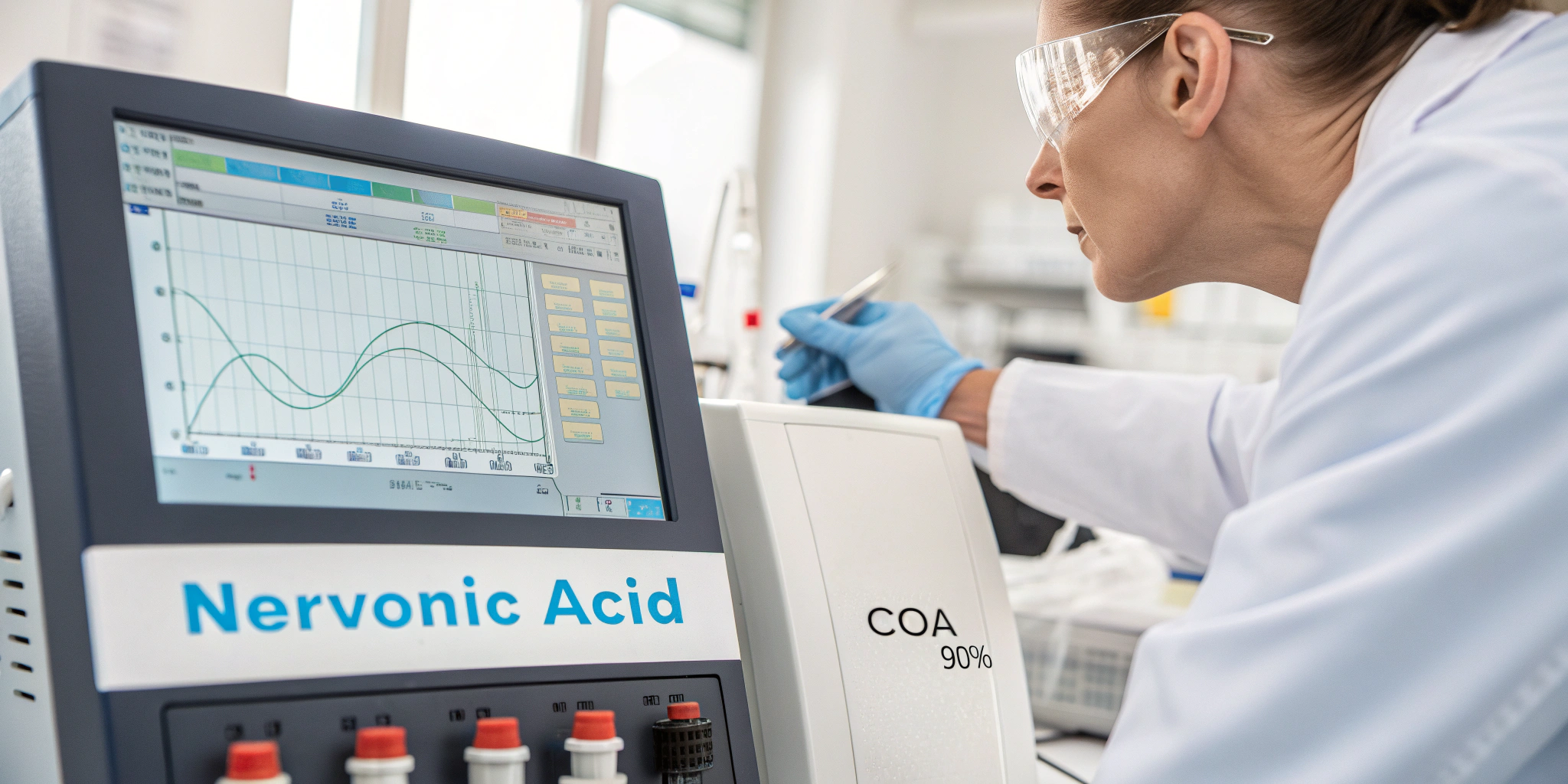
Let me explain.
Interpreting COAs Like a Pro
Here’s what you want in a Certificate of Analysis (COA):
- Purity Content: ≥90% nervonic acid (cis-15-tetracosenoic acid)
- Test Method: HPLC or GC with clear documentation
- Appearance: White to off-white flaky crystal (not oily, not brownish)
- Heavy Metal Limits: Meets <10 ppm total heavy metals
- Residual Solvents: None or within pharmacopeia standards
- Microbial Load: Compliant with food/pharma-grade requirements
Here’s a quick table to help you screen COAs:
| COA Field | What to Look For | Red Flag |
|---|---|---|
| Nervonic Acid Content | ≥90% | <80% |
| Test Method | GC or HPLC | Unspecified |
| Appearance | White flakes | Yellow or sticky |
| Solvents | None | "Undisclosed" |
| Batch Traceability | Yes | No batch number |
| Date | <6 months old | Old COAs |
Some suppliers use the trick of showing a "blended" result—listing total C24 fatty acids instead of nervonic acid specifically. Be alert to that.
Is the Supplier Transparent and Global-Ready?
I can’t stress this enough: Ask hard questions before placing that order. If the supplier hesitates to share documents or avoids video calls, I’d walk away.
A reliable nervonic acid supplier will openly share COAs, production methods, compliance records, and offer video audits or sample test batches. International readiness also includes GRAS/Novel Food documentation2 and GMP certification.
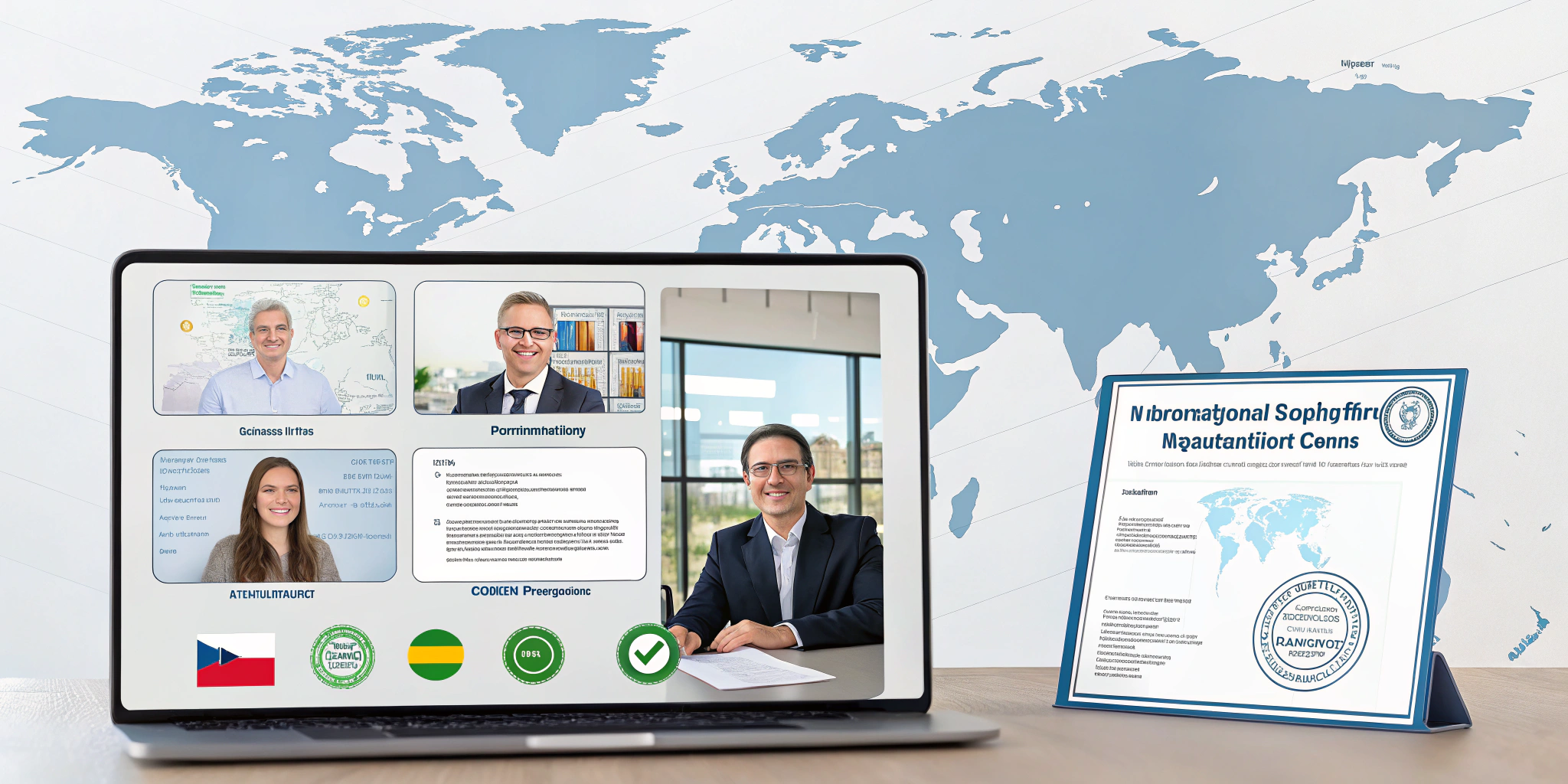
Transparency isn’t just about comfort—it’s about protection. I once worked with a Japanese client who faced a full product recall because of mislabeled nervonic acid origin. That one mistake cost him over $30,000 in retail damages.
Here’s a checklist I personally use:
| Question to Ask | What You Want to Hear |
|---|---|
| Is your nervonic acid from rapeseed? | Yes, traceable and documented |
| Do you have a current COA (not older than 6 months)? | Yes |
| Is your facility GMP/ISO-certified? | Yes |
| Do you have GRAS or Novel Food registration? | Yes |
| Can I visit or audit your facility virtually? | Absolutely |
| What’s your MOQ and lead time? | Clear answer with flexibility |
I’m proud to say at Santa Biotech Nervonic Acid, we tick every box above—and more. Because if I wouldn’t use it in my own family’s product, I wouldn’t offer it to yours.
What Do Different Global Markets Require?
Every region has its own quirks. If you’re sourcing globally, understanding regulations isn’t optional—it’s survival.
In the U.S., nervonic acid can be included under GRAS conditions. The EU demands Novel Food registration. In Japan and South Korea, both purity and source origin affect legal status—often rejecting animal-based variants outright.
Here’s a breakdown:
| Market | Regulatory Status | Allowed Form | Key Notes |
|---|---|---|---|
| U.S. | GRAS notified | ≥90% purity | Safe under intended use |
| EU | Novel Food | Only approved rapeseed-origin | Labeling must be precise |
| Japan | Food with Function Claims (FFC) | Rapeseed-based preferred | Animal-origin is often restricted |
| South Korea | Functional Food Ingredient | ≥90%, plant-derived | Requires specific approval |
| China | New Resource Food in progress | ≤300 mg/day suggested | Must meet domestic purity standards |
So before choosing your nervonic acid supplier, always verify if their product has market-specific documentation. If they shrug when you ask about EU Novel Food registration—run.
What About Shelf Life, Packaging, and Delivery?
Let me tell you a little secret: I’ve lost good material because I didn’t ask about packaging. It arrived sticky, half-clumped, and heat-damaged—wasted money and time.
Nervonic acid should be stored in light-resistant, vacuum-sealed packaging under cool, dry conditions. Ideal shelf life is 24 months when stored below 25°C. Ask about packaging type, stability data, and temperature-resilient logistics.
Here’s what you should confirm:
| Factor | Ideal Specs |
|---|---|
| Packaging | Aluminum foil bag + cardboard drum |
| Storage Temp | ≤25°C |
| Light Protection | Opaque or UV-blocking material |
| Shelf Life | 2 years |
| Stability Testing | Real-time + accelerated |
Also, clarify Incoterms. Some shady exporters promise "EXW" but quote you FOB. Get your freight quotes in writing—and ensure customs documents (like HS code 2924199090 for nervonic acid in China) are correct.
Conclusion
Sourcing nervonic acid isn’t about just purity—it’s about protecting your brand, your customers, and your reputation. Take it seriously, ask boldly, and always choose transparency over price.

